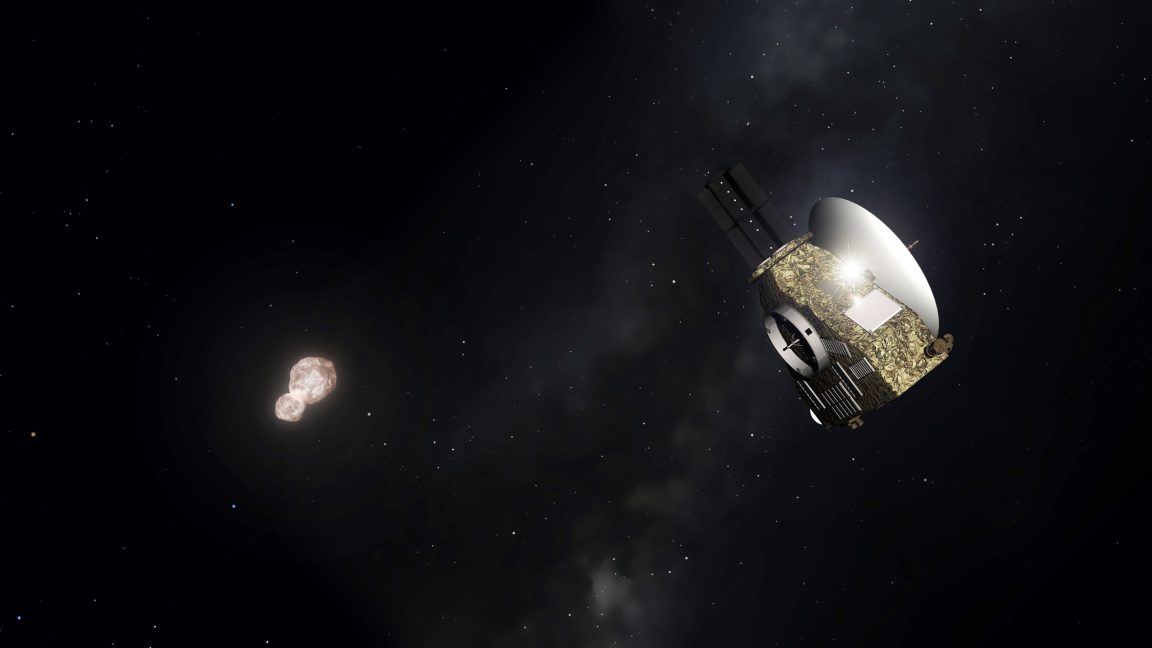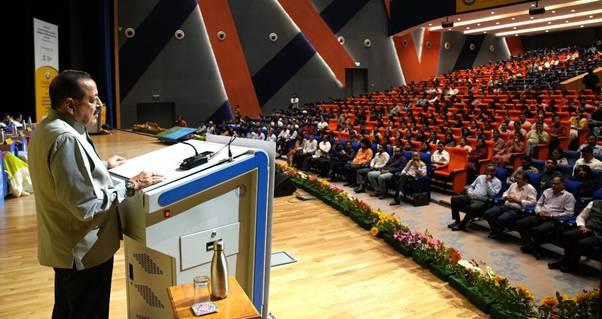
The situation with the fiscal year 2026 budget for the United States is, to put it politely, kind of a mess.
The White House proposed a budget earlier this year with significant cuts for a number of agencies, including NASA. In the months since then, through the appropriations process, both the House and Senate have proposed their own budget templates. However, Congress has not passed a final budget, and the new fiscal year begins on October 1.
As a result of political wrangling over whether to pass a “continuing resolution” to fund the government before a final budget is passed, a government shutdown appears to be increasingly likely.
Science saved, sort of
In the event of a shutdown, there has been much uncertainty about what would happen to NASA’s budget and the agency’s science missions. Earlier this summer, for example, the White House directed science mission leaders to prepare “closeout plans” for about two dozen spacecraft.
These science missions were targeted for cancellation under the president’s budget request for fiscal year 2026, and the development of these closeout plans indicated that, in the absence of a final budget from Congress, the White House could seek to end these (and other) programs beginning October 1.
However, two sources confirmed to Ars on Friday afternoon that interim NASA Administrator Sean Duffy has now directed the agency to work toward the budget level established in the House Appropriations Committee’s budget bill for the coming fiscal year. This does not support full funding for NASA’s science portfolio, but it is far more beneficial than the cuts sought by the White House.
The president’s budget request called for about a 20 percent cut, overall, to NASA’s budget, at a top-line level of $18.81 billion. By contrast, the House budget proposes to keep funding levels nearly identical to the current fiscal year, at $24.84 billion.
Nothing is final, of course
The deepest funding cuts proposed by the Trump White House came in science, which the president sought to cut from $7.33 billion in 2025 to $3.9 billion in 2026. The House budget does not restore as many of these cuts as the Senate bill; however, its top-line funding for science is still $6 billion. Under the House budget, Earth science faces the stiffest cut, from $2.14 billion to $1.33 billion in fiscal year 2026.
Notably, the House budget maintains funding for a number of key missions, and extends the timelines for spacecraft already operating in deep space, including the New Horizons mission beyond the orbit of Pluto, and the OSIRIS-APEX spacecraft, which is due to rendezvous with the asteroid Apophis when it makes a close pass by Earth in 2029.
The budget process remains fluid, of course, and Duffy could always change his guidance for NASA before Congress passes a final budget. But for lots of scientists flying NASA missions, this news offers a reprieve.



